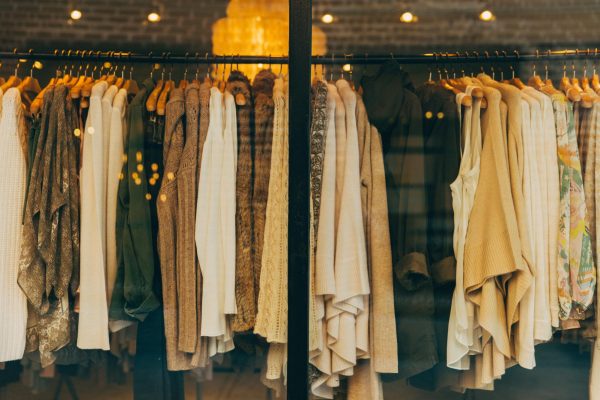Social media replaces newspapers in current events

CREATIVE COMMONS PHOTO BY WWW.IMAGEABSTRATION.COM
With the ease and accessibility of social media, more users are turning to platforms such as Twitter and Instagram for current events rather than established news outlets. https://creativecommons.org/licenses/by/2.0/
May 20, 2022
For teenagers and adults alike, using networks like Instagram and Twitter as news sources has become second nature. Considering how accessible and mindless it is to post and consume content on these platforms, the increase in news intake through social media is inevitable.
Over the course of the past 15 years, social media’s array of uses has rapidly grown. According to Forbes, as of 2018, 65% of people were receiving the latest news from social media platforms instead of traditional news outlets. This percentage has only grown since then.
With this increase, there is also a rise in the consumption of misinformation. Due to the simplicity of social media interfaces, content creators are prone to putting out information without proper research. Consequently, it becomes increasingly difficult to decipher fact from fiction.
Freshman Kaitlyn Gallagher of Neptune believes much of the information put onto the internet to be misleading.
“On social media, people can post anything and it’s not necessarily untrue, but just misrepresented,” Gallagher said.
It becomes especially difficult for users to avoid the dangers of misinformation in the midst of controversial events, such as the Black Lives Matter protests. The volume of its discussion rapidly increased as its news spread throughout social media, but many unchecked false claims were made.
Distrust and confusion came along with the inaccurate stories that negatively targeted the movement and built a violent narrative. This constructed an aspect of apprehensiveness and fear, causing an overall loss in support of the protests.
Along with this, individuals’ viewpoints of the movement affected what news they would receive reporting the protests. As a result, not everything they read on the issue was entirely accurate or unbiased.
While content listed on the internet is seemingly endless, users are often shown only what they want to see. Algorithms will filter out the content deemed to be irrelevant to certain users, and instead present only what is the most appealing. The goal is to pique users’ interest and keep them enticed, not necessarily provide them with the most valid information.
According to a study done by the Massachusetts Institute of Technology, fake news is 70% more likely to be retweeted than true stories. Senior Riley O’Brien of Shark River Hills discussed how this affects herself and others.
“I tend to click on and read articles that have eye- catching thumbnails or headlines,” O’Brien said. “Clickbait seems to get everybody.”
Despite often being drawn to sensational and dramatic headlines, O’Brien also mentioned how she remains conscious of the information she is absorbing.
“If it is something that has to do with the government or a political issue, I research other sources from other sides so that I’m not limited by the view I have been reading,” O’Brien said.
Users are not the only ones who are addressing the issue of misinformation. Large social media platforms, such as Instagram, have also begun to take action. In 2019, Instagram instated third-party fact-checkers whose jobs are to review and label inaccurate information. Other outlets have since followed this example, giving users the ability to easily identify and avoid any misreport.
Nonetheless, Sophomore Ella Weiss of Tinton Falls shares a similar perspective to O’Brien, and ultimately believes that it is in the hands of users to consume news consciously and responsibly.
“[People] should be aware of where they are getting their sources from,” Weiss said. She continued, explaining that if one finds themselves wary of the content they are reading, “always back it up, do more research.”















